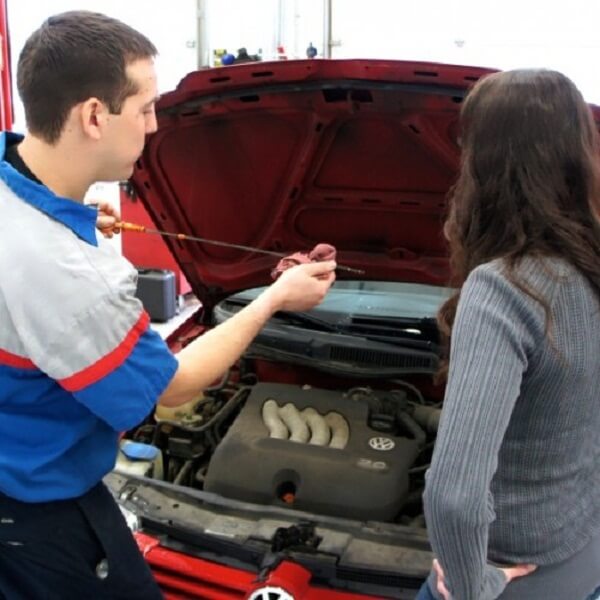Car Care & Maintenance · Customized & Improvised · Featured Articles · The African Autos · Trends & Opinions
Brake And Transmission Fluids – Do They Need To Be Changed?
Even the smartest people sometimes feel foolish when speaking with car mechanics. We often say yes to maintenance services because we figure that the auto mechanic knows what is best for our cars. However, car owners sometimes overspend ¬because less-than-honest auto repair shops talk them into services that their cars don’t really need! They also may not understand that today’s vehicles have different needs than those of the decades past.
• Transmission Fluid Flushes
Automatic transmission fluid should be flushed occasionally, but some disreputable quick-lube shops recommend these flushes to seemingly every customer who comes in for an oil change. Most of those flushes are completely unnecessary and in some cases, might even hurt the transmission.
Have your transmission fluid flushed every 35,000 miles or so. Make sure that the shop replaces the filter when it changes the fluid. Some automakers say a transmission fluid flush isn’t necessary until perhaps 100,000 miles, but transmission fluid is oil and oil can break down over time, so this is one situation where it makes sense to err on the side of caution.
• Brake Fluid Flushes
Don’t trust a shop that recommends you flush your brake fluid regularly. Brake fluid can last as long as your vehicle. There are exceptions, however. Your brake fluid might legitimately need to be flushed if moisture gets into the system or the brake fluid has overheated.
Visually inspect the brake fluid once or twice a year, or ask a mechanic you trust to do so when you stop by for some other service.
• Power Steering Fluid Flushes
Power steering fluid can last the life of a vehicle too, unless otherwise noted in the vehicle’s maintenance schedule.
Inspect the fluid once or twice a year, or ask a trusted mechanic to do so for you. It should be flushed and replaced if it smells burnt or you see black grime or metal flakes in the fluid, shining a light into the reservoir can help you spot these flakes.
• Engine Oil Flushes
Have your oil changed, not flushed. Get oil changes according to your vehicle’s maintenance schedule, that’s likely every 5,000 miles or 7,500 miles, not every 3,000 miles, the old rule of thumb. These cost a few shillings more but do a far superior job protecting your engine.
Coolant
As the name suggests, the coolant keeps your car running cool. If you ever run low on coolant, your car is probably going to overheat. Once you remove the cap you should see a line the coolant should come up to. If it’s low, you can add more, but make sure you add the same type of coolant currently in the car.
At least twice yearly: once before summer and again before winter but its easy enough to glance at whenever you pop open your hood. Replace it every 2-3 years.







